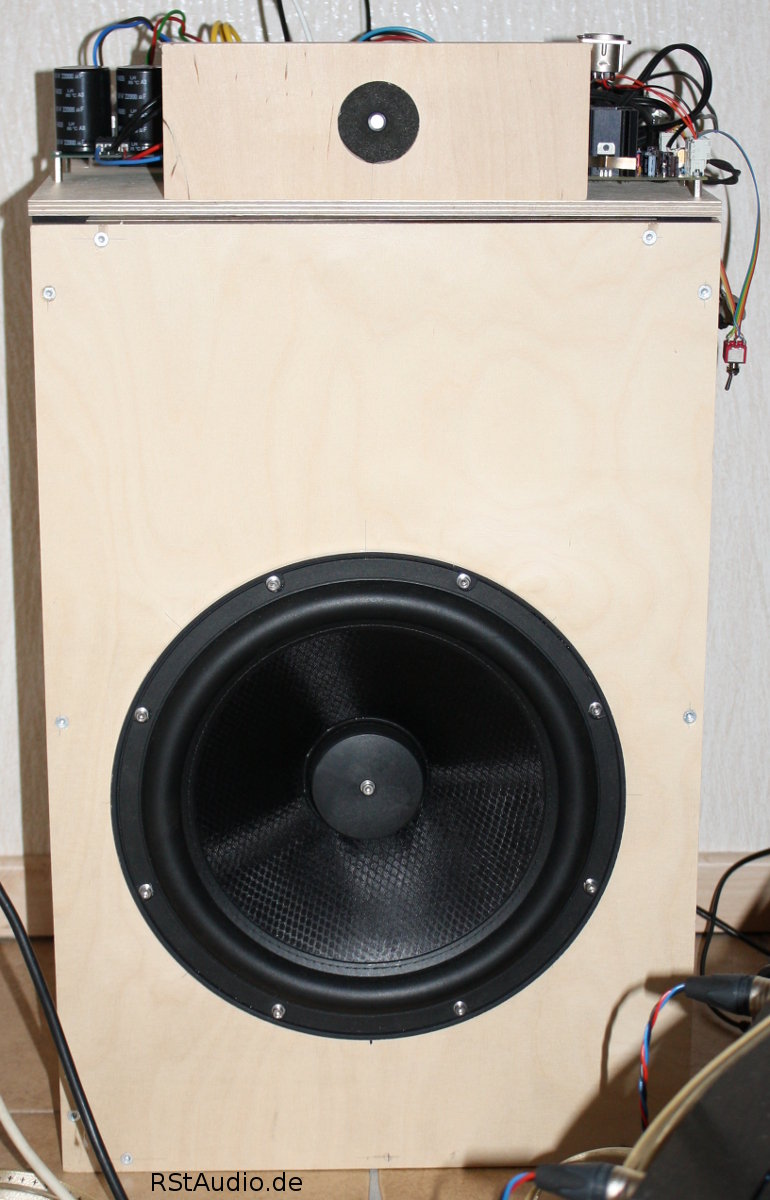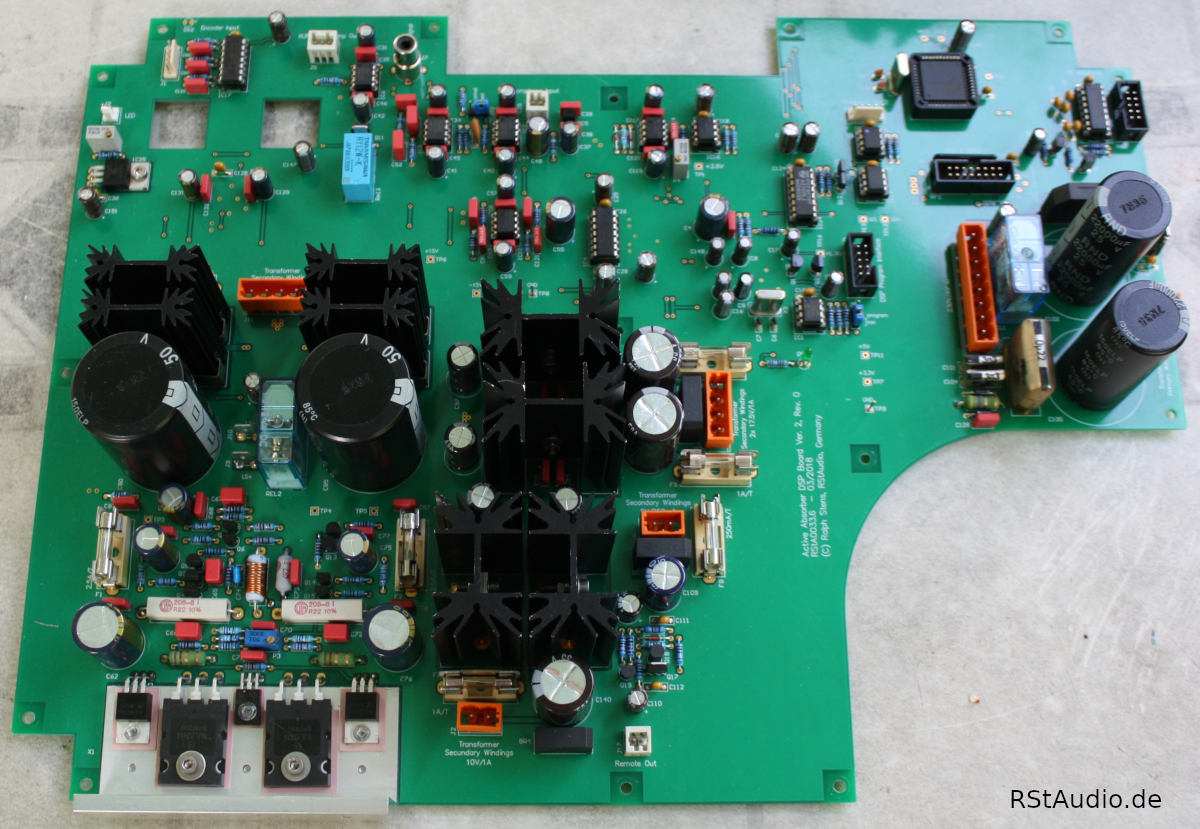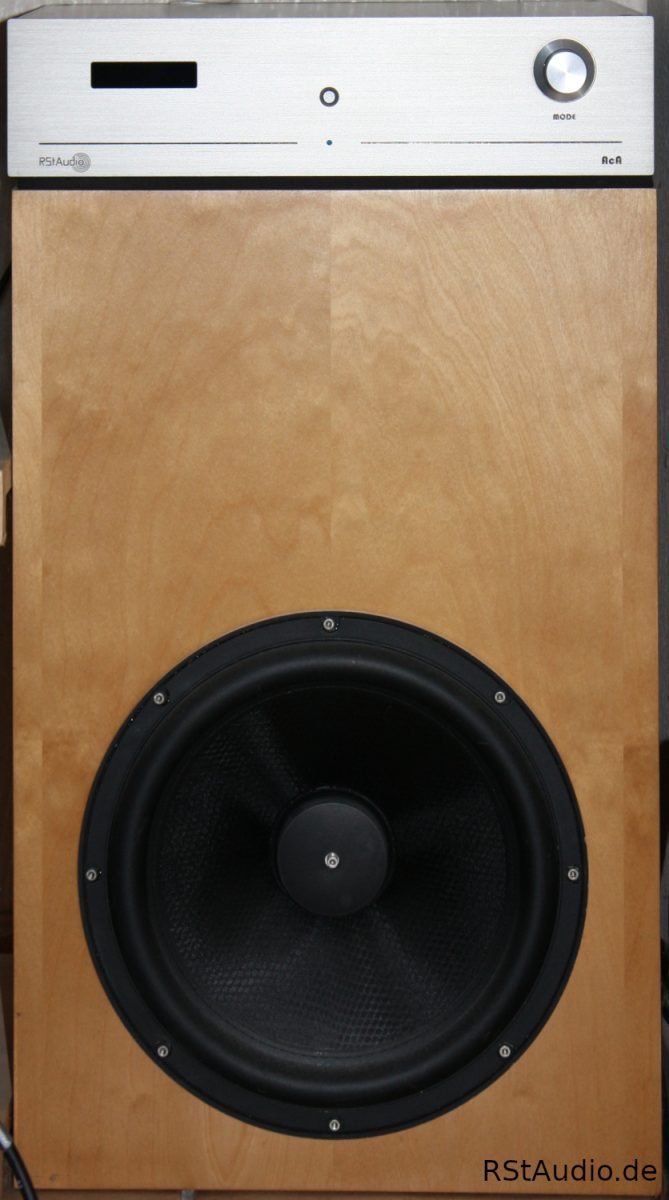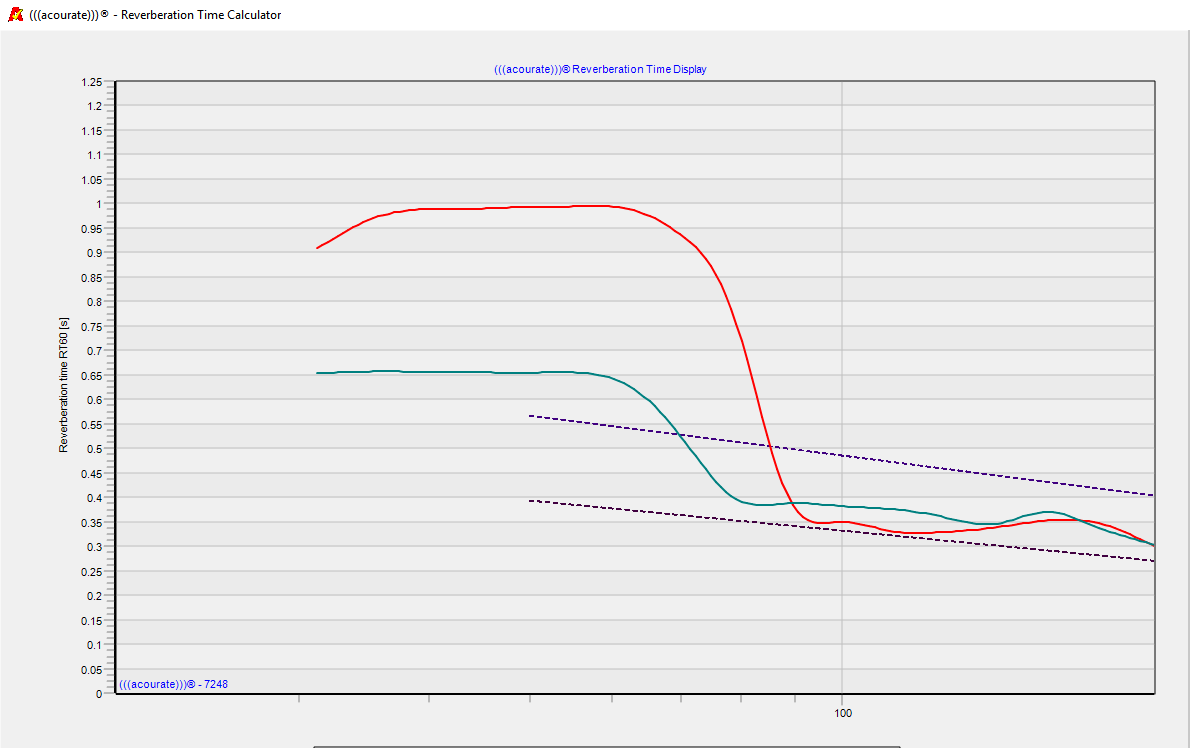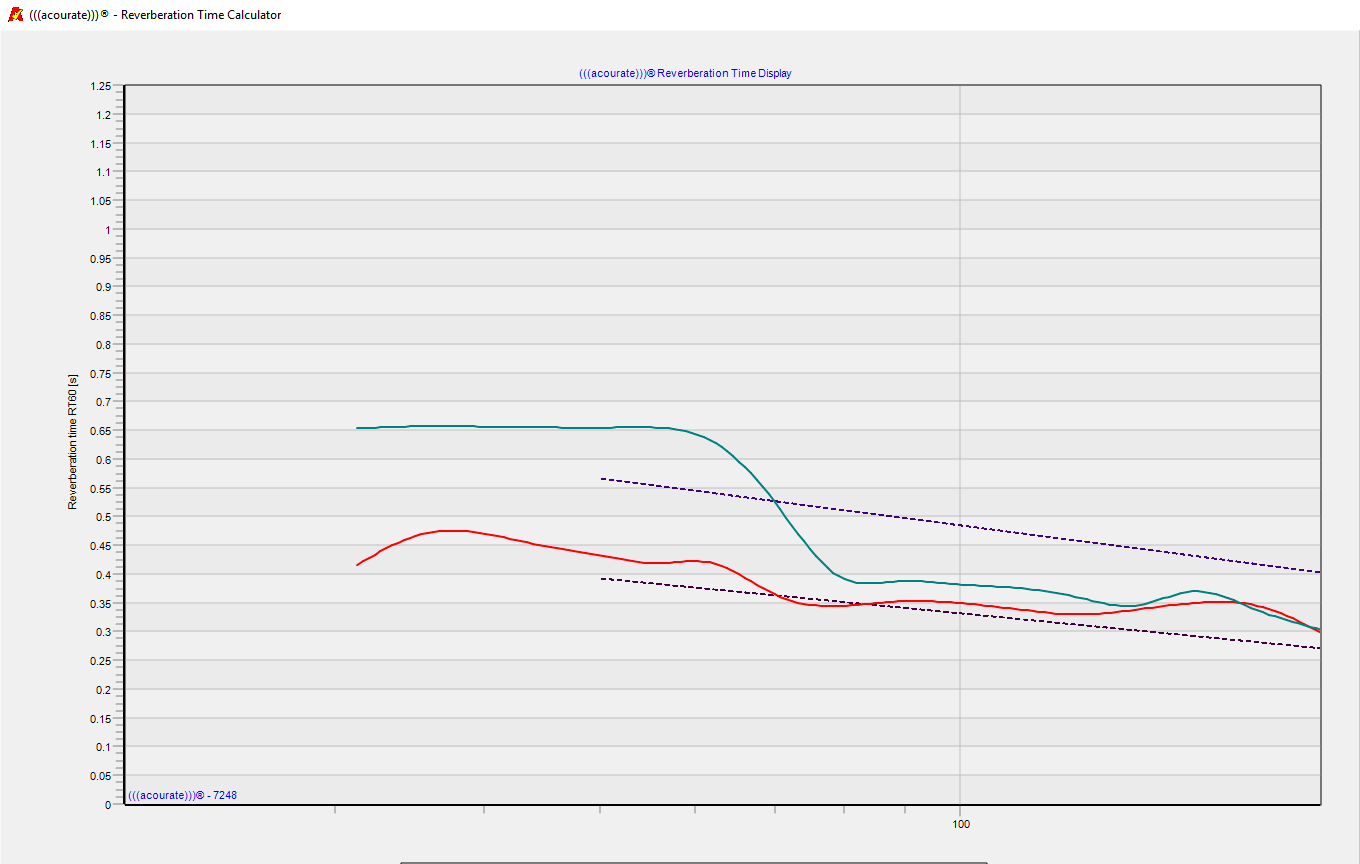
Table of Contents
Introduction
10-11-2019
At the time I first met my friend Heiner in 2013 I also heard for the first time a big horn system with active digital crossovers with room corrections included – an unforgettable experience. End of 2013 we measured my listening room. The measurement showed me quite plainly that I have to do something – specially in the frequency range below 100Hz.
A longer time I engaged myself with passive possibilities e.g. Helnholtz resonators, but I became not confident with such constructions. The operation frequency is defined from the geometry factors and correspondingly the tuning is quite complex. Besides that the constructions become to big for my small listening room.
Mid of 2015 we had a break through with an article from Nelson Pass from 1988 which described an active absorber (AA). At that time such a product was available from the company Phantom Acoustics, in their advertising brochure you can find citations about patents back to the 1950th. Also today we know at least one company – Bag End with their product E-trap – where you can buy an active absorber. But in our opinion the pure analog solution has restricted possibilities.
We decided to build our own system with a DSP board integrated in the design. This gives us much more possibilities to influence the behaviour of the AA.
Description of the Hardware
24-10-2019
Prototype
At the beginning of the signal chain a mircophone with an omnidirectional characteristics is mounted in the front of the AA. Following by a microphone preamplifier to bring the signal to the input level of a miniDSP 2×4 HD. At the output of the DSP board an additional analog stage brings the signal to the input level of the 100W/8Ω power amplifier modul. The amplifier drives a 12″ bass loadspeaker in a closed housing.
During the commissioning of the electronic all levels of the components were adjusted. To set the correct level of the complete system for the room an external volume regulator is available. For the adjustment of the acoustical behavior you have to measure the room and consequentially program the DSP.
Absorber Electronic Revision 2
After 2 prototypes have been working successfully in two rooms for more than a year now, we have decided to build a final version of the electronics. The main difference to the design described above is the elimination of a miniDSP board and therefore the use of an own DSP chip. We have also included a microcontroller in the concept. All general settings can now be made with the μC using a rotary encoder and a display. The DSP is programmed independently from the μC, there is a corresponding programming interface on the board.
The picture below shows the complete absorber. The electronics are placed directly on the loudspeaker cabinet and so you get one unit.
Calibration of the Absorber
29-10-2016
Since a long time Heiner makes use of Acourate from AudioVero for his acoustical room measurements. For his system he uses this software to optimize the filter of his digital frequency crossovers and to determine the settings for the room corrections. Acourate is a very powerful tool, you can measure amoung a lot of other things the reverberation time already from 30Hz upwards.
My listening room has a classical rectangular shape. The Quads stands about 1m before the longer side wall and they are bent in the direction of the listening position. We placed the active absorber in the left room corner behind the Stacked Quad. With its front it is oriented parallel to the above mentioned side wall. From my listening position I theoretical look at the right side panel of the AA, but in reality the Quad hide the AA.
As a starting point for the DSP programming we took the signal from the microphone and send it inverted to the power amplifier. On the graph below you can find the measurement results. The x axis shows the frequency between 20Hz…200Hz and the y axis the reverberation time in seconds. The green curve is the measurement result without the AA and the red the result with the AA including the above described setting of the DSP.
We got a degradation of the reverberation time, for my listening room it shall placed between the two dotted lines. But the measurement also showed that the AA is working generally.
After several series of measurements we achieved at least an optimum for my listening room. The result outperformed all of our expectations.
Conclusion :
Nevermore listening to my system without the AA !!! The bass is very clean and unbelievable precise. Furthermore the sound in the frequency range above the bass is no longer covered from a booming bass and became much better listenable.
Newer measurements of the reverberation time in my room can be viewed here.
